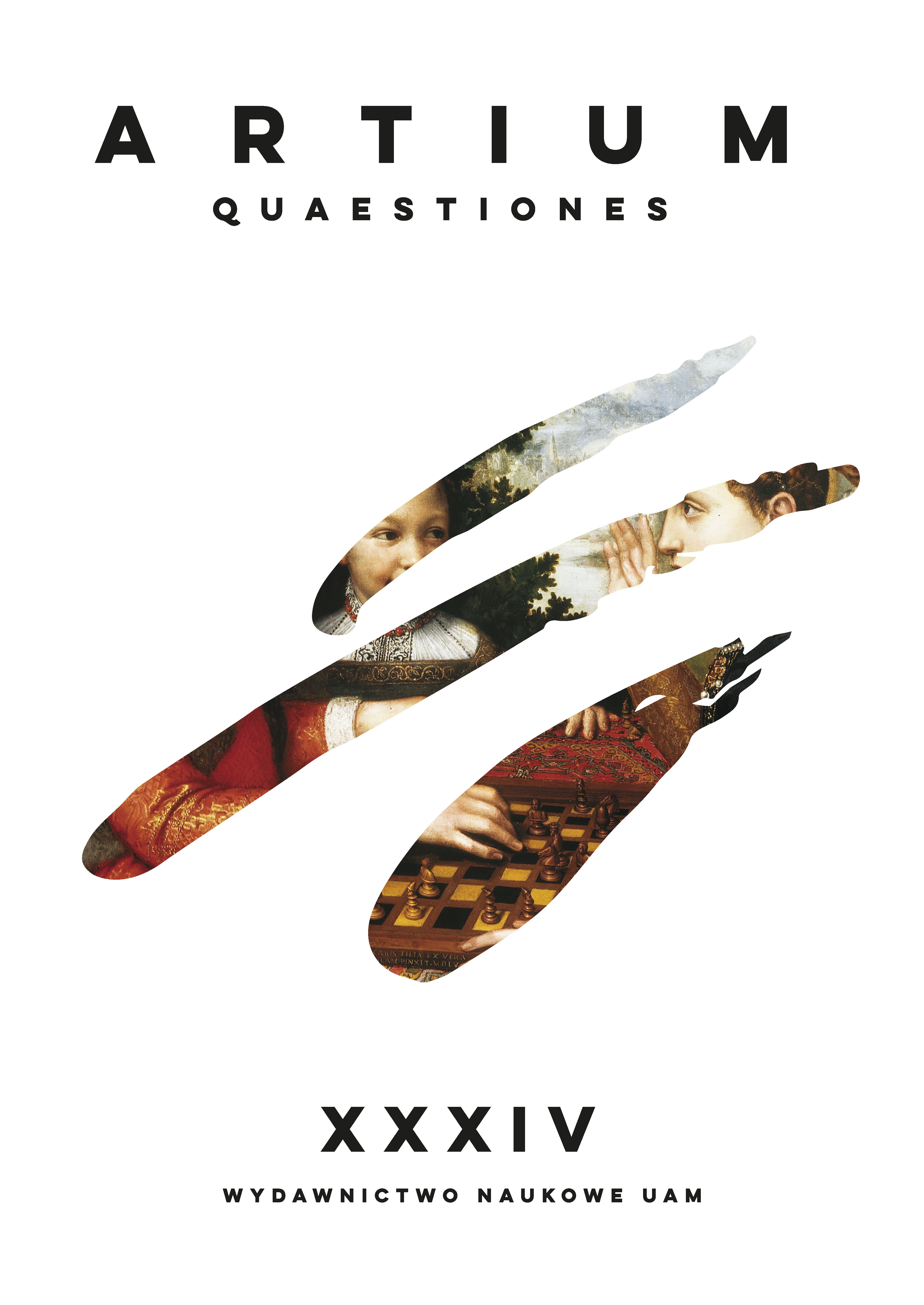LOCAL TO NATIONAL: VICTORIAN INDUSTRIALIST ART COLLECTORS’ GEOGRAPHIES
LOCAL TO NATIONAL: VICTORIAN INDUSTRIALIST ART COLLECTORS’ GEOGRAPHIES
Author(s): Julie CodellSubject(s): Visual Arts, Nationalism Studies, Sociology of Art, History of Art
Published by: Uniwersytet Adama Mickiewicza
Keywords: F.G. Stephens; ekphrasis; serialization; Victorian collectors; nationalism; the Athenaeum;
Summary/Abstract: After 1850, the middle and working classes sought cultural education, which John Ruskin, among others, identified as a signifier of civilization and national greatness. Working Men’s Colleges, three 1870 university Slade Professorships in art history, proliferating art publications, and emerging regional museums offered opportunities to become conversant with visual art were then equated with social mobility and Englishness. Amid this cultural nationalism, critic F. G. Stephens’s 100+ Athenae- um series, “The Private Collections of England” (1873–1887), transformed collectors into national heroes. Scholars have noted the rising profile of collectors in 19th-century Europe and the US, in which Stephens’s series participated. Stephens detailed these collections’ expanded geography in England’s industrial north, turning local art col- lecting into a national, unifying force, a transformation made possible by his periodical serialization itself. These collectors, industrialists, merchants and bankers exempli- fied a new middle-class social, cultural and political authority. Most of them intend- ed to bequeath their collections philanthropically to museums, thus shaping public tastes and the canon. They were personally and socially networked with artists and with each other, often working in complementary industries. Stephens interspersed his detailed descriptions of artworks with exhibition histories across translocal and transnational spaces, using the power of the press to weave a network between collec- tors and the public and a shared cultural history that endorsed collectors’ new public identity. However, Stephens also raised tensions about the geography of collecting, emphasizing collectors’ local places while presenting them as shaping a national space in their homogeneous taste and support of the same living artists and even the same pictorial subjects. In this way, Stephens straddled and flattened differences between national and regional market forces when, ironically, England’s art market was becoming increasingly international. This geographical layering is explored here in the context of the rise of provincial art institutions, the period’s notion of national schools and in anticipating the features of the current geohistory of art. I will explore two de- vices associated with the periodical press: ekphrasis and serialization, both of which Stephens deploys. Stephens wrote long ekphrases on works in these collection and omitted illustrations, noting in several comments that the Athenaeum’s middle-class readers were already familiar with artists’ works. This presumption and his use of 19th-century serialization, used by novelists whose chapters appeared across multiple issues of periodicals, combing to create a powerful force binding readers to his eleva- tion of collectors’ social, national and cultural roles.
Journal: Artium Quaestiones
- Issue Year: 2023
- Issue No: 34
- Page Range: 197-220
- Page Count: 24
- Language: English

